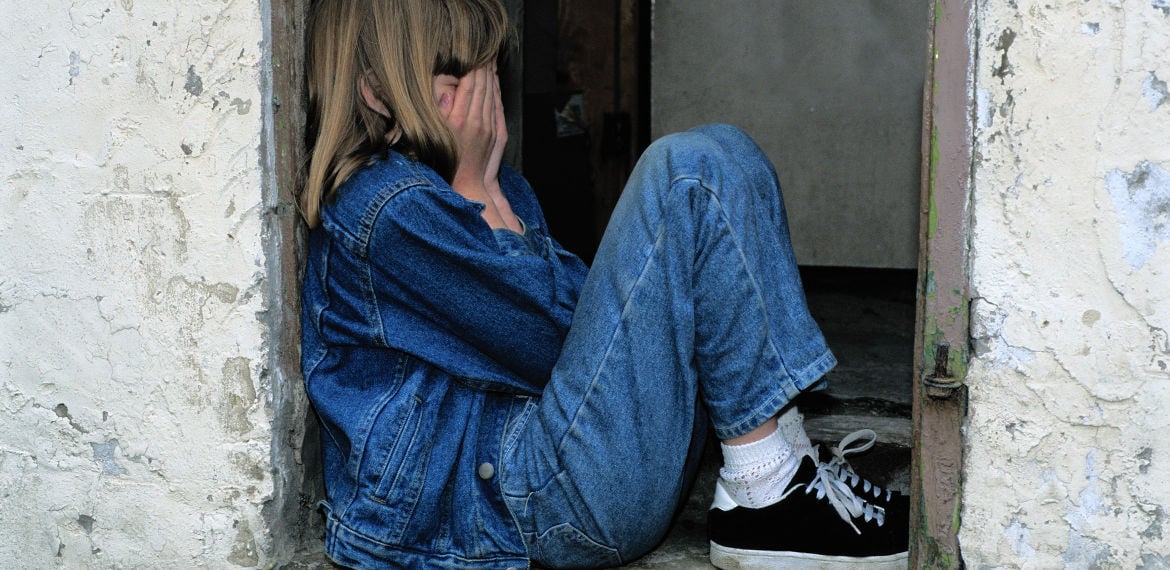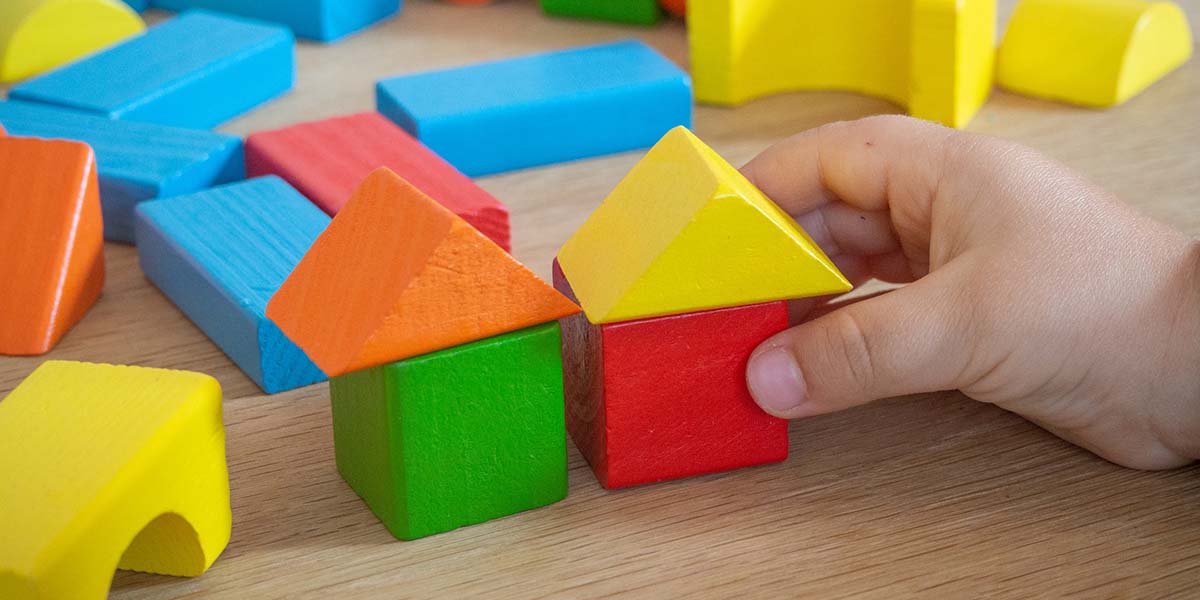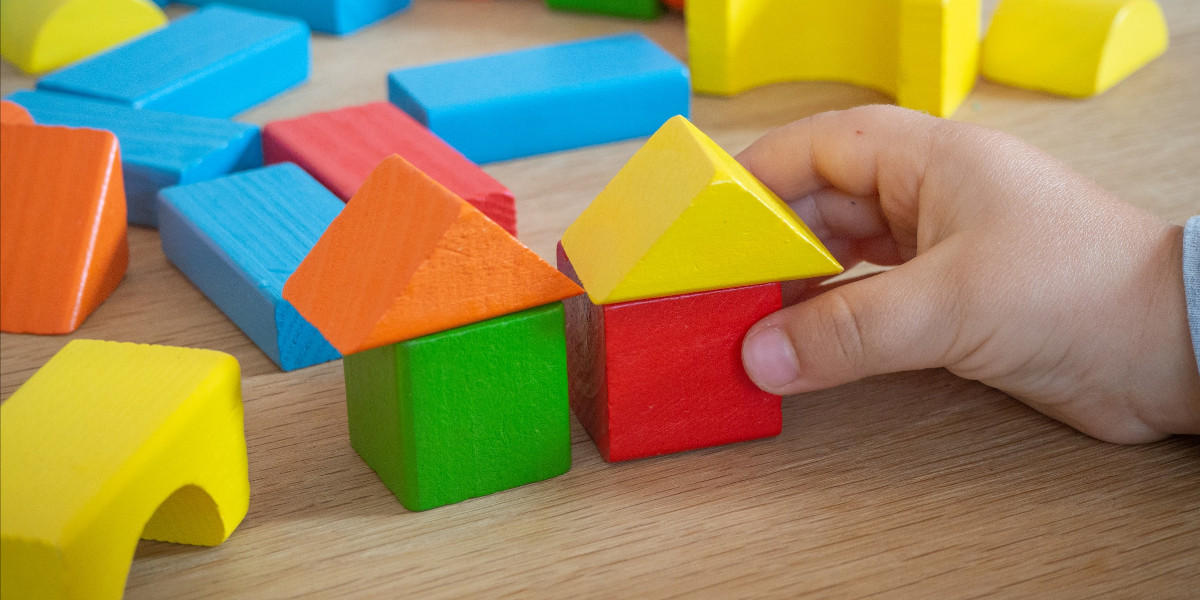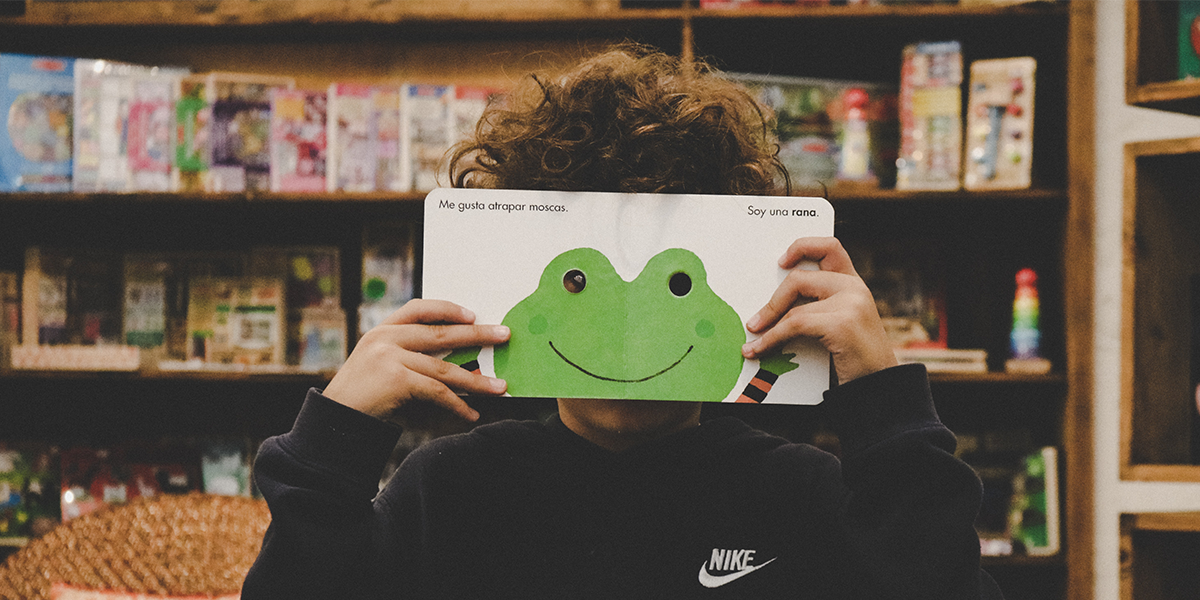
Healthy Emotional Development for Children: A Parent's Guide | Lifeologie Counseling
Would you rather listen? Press play above. Ready to read? Scroll on.
As the routine of the school year ends, our children's rollercoaster of emotions is just beginning. What may seem like bursts of anger, sadness, or even joy are coming with no notice to parents! These may be emotions that children have been feeling for a while but have not had a chance to fully express until the present moment. So, how do you establish a household that is not constantly overwhelmed by emotional rollercoasters? Simple: make room for the emotions to exist and be as they are.
Children Need Guides Through Their Emotional Development
Childhood cognitive development moves from everything being very concrete to developing a more symbolic and abstract mindset. Experience and guidance, as evidenced by the work of child development experts Jean Piaget and Lev Vygotsky, are crucial for children to develop through the stages. The same idea can be applied to emotional development. Children must experience and be guided through the fun and tough emotions they are bound to experience. Therefore, parents play a critical role in guiding their children along a successful path of emotional development.
Let Emotions Be. Don’t Cover Them Up.
At the center of healthy emotional regulation lies communication and presence. Children desire to be seen, heard, and cared for, and that includes their emotions as well. Just as we don’t always want to just hear the words, “it’s okay” or “it’s all going to be okay”, neither do our children. They want their parents to experience the emotions with them. They yearn for empathy. The next time your child begins to grow upset and shed tears, take the time to sit on the ground next to them and experience the emotion with them. Don’t try to fix the problem, don’t try to cover up the emotion. Let the emotion be as it is, acknowledge it and embrace it.
Brainstorm After the Emotions are Experienced
After the emotive response has run its course, talk through the emotion. Have an open conversation about the emotional trigger, the emotive response, and the aftermath of the emotion. Let it be normal and acceptable. Then brainstorm ways to overcome the problem at hand without emotions running the conversation. It's critical to have open and honest conversations about emotions, lest guilt and shame rule over emotional regulation and create a habitual lifestyle of emotional outbursts.
Guidance, Engagement, and Respect
Healthy emotional development and continued regulation calls for a “cooperative enterprise” between parents and children (as psychologist William Damon explains). There needs to be guidance for the children, engagement with the emotions, and respect between the parties as well as a respect for the normal and everyday emotions. This leaves a calling for parents themselves to practice such healthy emotional regulation. As Damon found, children glory in the success of their parents, but in the light of their parents’ shortcomings they will respond with anxiety and disappointment. Honest communication is crucial, then, for parents when it comes to a stable emotional home. Talk about the successes and talk about the failures. Let the emotions be as they are and work towards a healthy and successful regulation and response to the emotions.
One Key to Childhood Emotional Development
The key for emotional development, then, as Damon would suggest, is to have children walking away from an emotion remembering why it was important and knowing how to accurately respond. The Lifeologie Counseling challenge for you, parents, is to be the emotional model for your children. Listen to them. Sit with them. Laugh with them, Cry with them. Talk them through the emotions and guide them towards healthy responses. But most of all, give emotions a room in your home. Don’t push them up to the attic, don’t cover them up with a rug. Give them a chair and have a conversation with them. You just may find the peace you have been searching for.
Modeling appropriate behaviors can be challenging on your best day, and even more so if you grew up in a home that didn't encourage you to develop healthy ways of expressing your feelings. Book a session with a Lifeologie Counseling parenting expert and learn how to communicate with your children and loved ones in a healthy and productive way!
Our References:
Damon, W. (1988). The moral child: Nurturing children’s natural moral growth. New York, London: Free Press Collier Macmillan.
Shenfield, T. (2016). Emotional regulation in children. Advanced Psychology.
Webster-Stratton, C. (1995). Emotional regulation: Why children react the way they do and how to help them learn to regulate their emotions. Parenting Insights, (11, 12).

About Lifeologie
Lifeologie Counseling was founded in 2000 with one goal in mind — to bring a fresh, innovative approach to the everyday problems of life. Creative solutions to stuck problems®. With our unique multi-specialty, collaborative approach, Lifeologie Counseling helps individuals and families heal their wounds and break out of old, unhealthy patterns.




